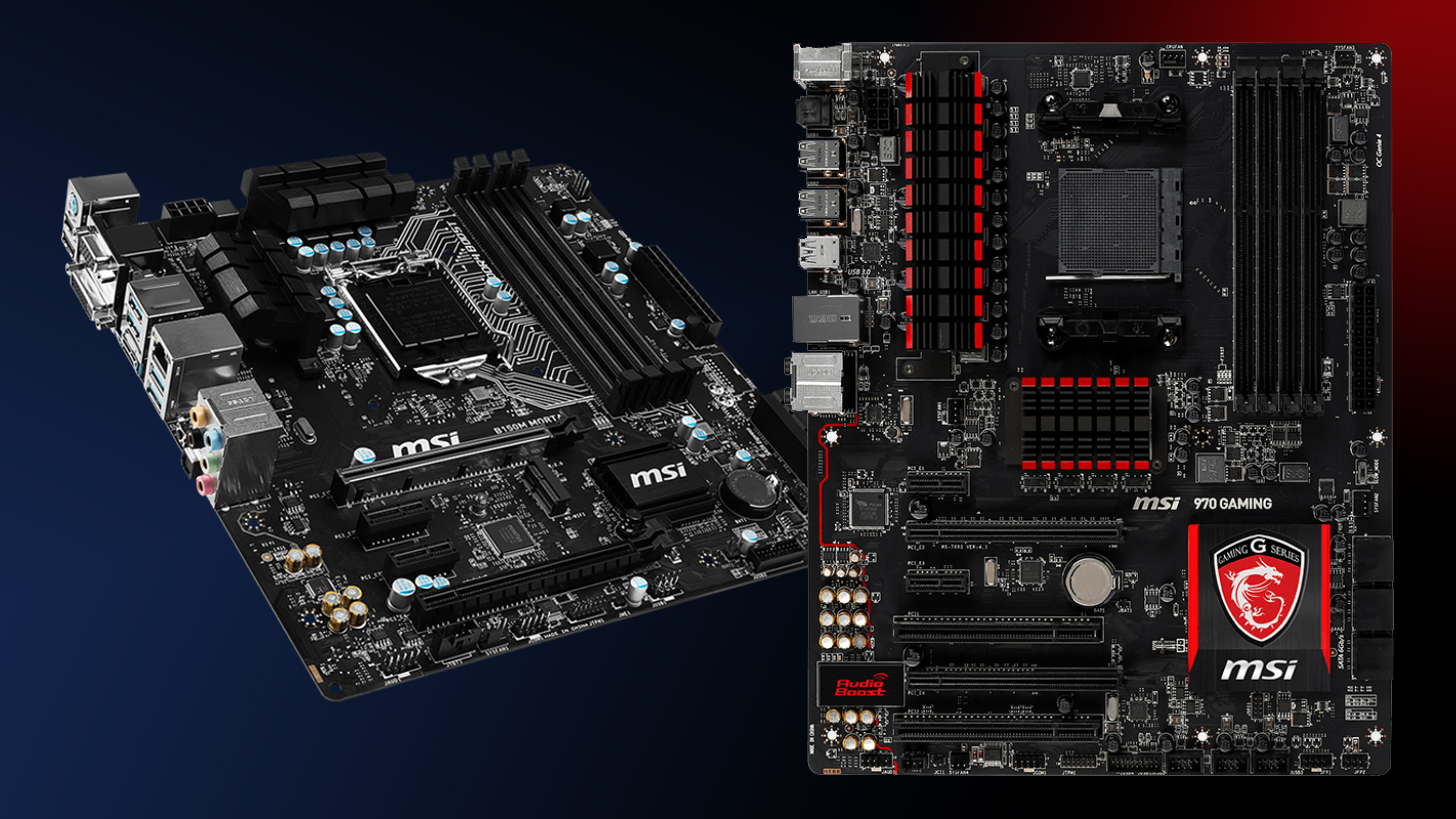

Photoshop, for instance, was consuming around 2.5GB of my iMac’s RAM without any windows open, a sign that closing it could free up a bunch of memory and improve performance. For instance, “WindowServer,” “kernel_task,” and “mds” are all required OS X processes, and likely to be in your top 10 memory eaters, possibly also CPU eaters, but they need to be there. There are dozens of processes competing for your Mac’s attention, so if you’re going to hunt around here, focus mostly on ones that are using a lot of CPU time and/or RAM. I called this a “rabbit hole” because many of the “activities” found here are unidentifiable based on name alone, and likely to lead to initial confusion.
Click on the Memory header to sort the processes by memory footprint. Alternately, you can click on the Memory tab (above right), which shows how much of your Mac’s RAM is being consumed by various apps and background processes. Activity Monitor opens in the CPU tab (above left), organized by the percentage of your CPU’s capacity each app or background process is using. Watch Activity Monitor. While this type of digging qualifies as “going down the rabbit hole” in my experience - likely to lead to a lot of (mostly fruitless) Google searches - using Spotlight to load Activity Monitor (hidden in your Mac’s Applications > Utilities folder) can help you identify apps that are eating unreasonable amounts of CPU and RAM for whatever reason. Adobe is one of the companies that keeps secondary apps running in the background to verify licenses and offer updates you’ll typically have to fully uninstall the original apps in question to get the “helpers” off your Mac.ģ.
/article-new/2014/10/pcalcyosemite.jpeg)
You can get a better sense of how many “helpers” are hanging out by looking at the top right of your screen, though the icon list will also include Apple’s OS X icons for Time Machine, Bluetooth, Wi-Fi, Volume, Spotlight, and Notification Center it may also include icons for currently active apps (such as Tweetbot, shown) which don’t have helpers. The System Preferences window doesn’t show you all of the items that auto-load with your Mac. Your Mac will typically load a little faster, and save a little memory in the process. Select any items you no longer actively use every day, hit the minus button, and they’ll disappear from the list. Under the Login Items tab, you’ll find a collection of apps - typically “helpers” - that the Mac automatically loads every time it restarts. Disable Unneeded Login Items. Go to the Apple menu at the top left of your screen, choose System Preferences, then select Users & Groups.
#Memory monitor mac os x windows
You’d be amazed at how much faster a Mac feels when a bunch of Photoshop windows have all been closed.Ģ. Close apps you’re not actively using, and within active apps, close windows (such as images in Photoshop, or documents in Preview) when you’re done with them. This is especially helpful if you have 8GB or less RAM, or a dual-core CPU. Apple has added some automatic resource-saving features to OS X, such as freezing currently inactive Safari tabs, but it’s wise to free up as much of your Mac’s RAM and CPU processing power as possible. Check Your Dock. Those little dots under the dock icons are there to indicate apps that are currently in use, and as a general statement, the more apps you have open at a time, the more things your Mac is juggling at once.
#Memory monitor mac os x software
But software is another big part of the story, so that’s where I’m starting.ġ. Part of the reason my Mac runs silent is the hardware - I’ve added a few things that make it more efficient than a stock 2011 iMac. While you could go and buy a new fridge, that’s not necessary - if you optimize the way you’re using and managing the fridge’s space, you’ll be fine. At some point, the fridge will inevitably get overloaded and dirty it’s possibly going to stop working perfectly, too. Think of your Mac as being like an aging refrigerator that’s constantly being opened and closed, primarily holding cold food in storage, while various cold items are being taken out, then replaced with hot food that needs to chill. The first four involve mostly free software, and the last three are small hardware upgrades… How could your older Mac be that quiet?”īelow, I’ll walk you through seven steps that will help you bring your older Mac to a hushed, zen-like state. Apple didn’t start selling iMacs with silent solid state drives (SSDs) or hybrid Fusion Drives until late 2012. Rarely does the volume level in my office climb above a whisper, an experience I’ve come to love so much that I’d never want to return to a loud computer. Thanks to El Capitan, my older (mid-2011) 27″ iMac is running better than it has in years: fast, quiet, and cool enough that it might as well be fanless. As expected, Apple’s release of OS X El Capitan for Macs was less about adding major new features than “refining the experience and improving performance” from Yosemite - in other words, under-the-hood optimizations to make any Mac run more reliably than before.


 0 kommentar(er)
0 kommentar(er)
